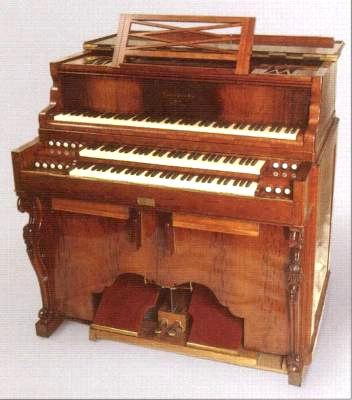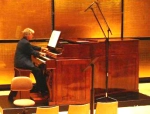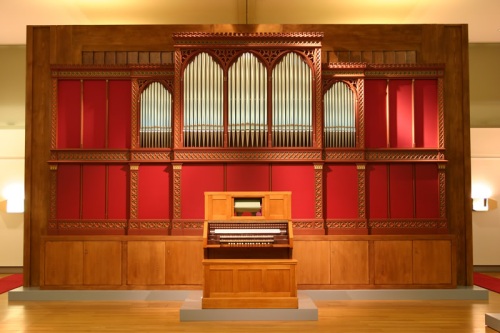
During his life, Bach was primarily known as a dazzling organist with virtuoso improvising abilities. Not surprisingly, his prowess gave rise to a number of urban legends.
One such legend had him traveling incognito, dressed as a village schoolmaster, going from church to church to try out the organs—prompting one local organist to cry out, “I don’t know who’s playing, but it’s either Bach or the Devil!”
Read on in “Tod und Teufel” by Frieder Reininghaus, an essay included in Bach-ABC (Sinzig: Studio-Verlag, 2007, pp. 91–93). This post originally appeared in Bibliolore on March 21, 2015 but it seems appropriate for Halloween 2023.
Below is the tocatta and fugue in D minor, BWV 565, which is also always appropriate for Halloween!













